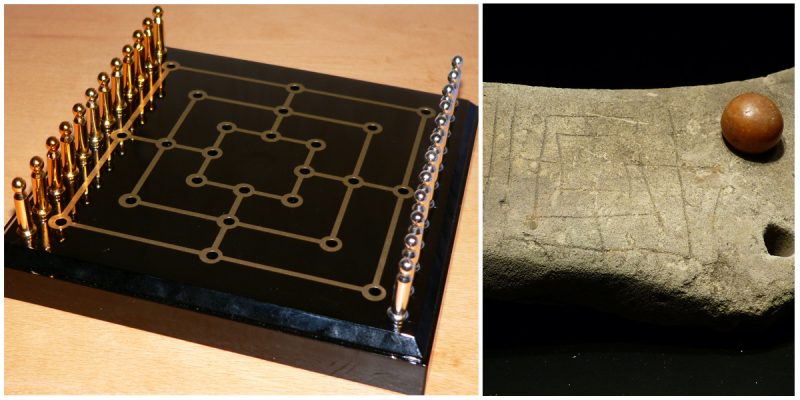Nine Men’s Morris is a strategy board game for two players, and one of the world’s most ancient games.
The game has many names: Nine Man Morris, Mill, Mills, The Mill Game, Merels, Merills, Merelles, Morelles and Ninepenny Mari in English.

The game is so ancient that no one knows its origin. From the stones of ancient Kurna in Egypt, to the stones of Bronze age burial sites of Cr Bri Chualamm, in County Wicklow in Ireland, the pattern for the board has been found in many ancient contexts.
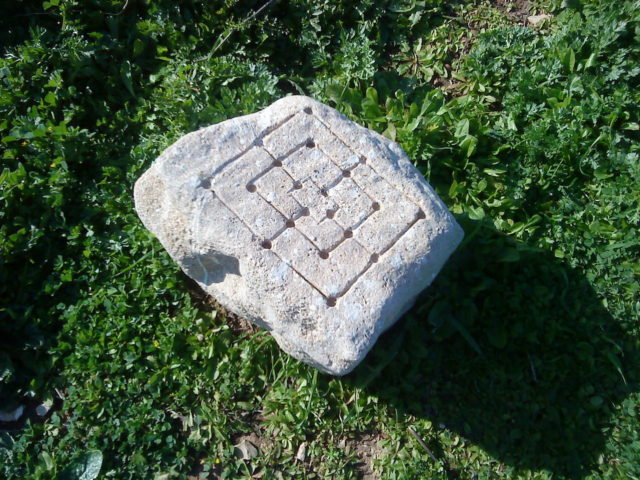
The earliest known board for the game includes diagonal lines and was “cut onto the roofing slabs of the temple at Kurna in Egypt” c. 1400 BCE.
However, Friedrich Berger writes that some of the diagrams at Kurna include Coptic crosses, making it doubtful that the diagrams date to 1400 BCE. Berger concludes, “certainly they cannot be dated.”
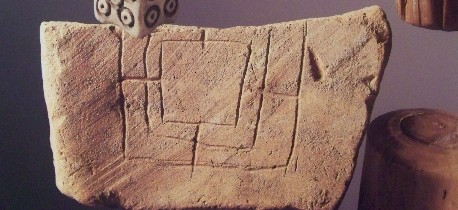
He believes the game was probably well known by the Romans, as there are many boards on Roman buildings, even though dating them is impossible because the buildings have been easily accessible since they were built.
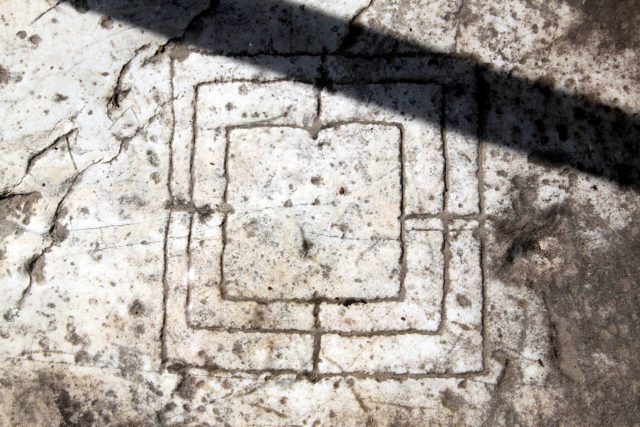
By medieval times the game had spread far across the three continents of the world.
It was the game of choice for many particularly bored monks and priests, who carved its board into the stones and seats of their magnificent abbeys and cathedrals.
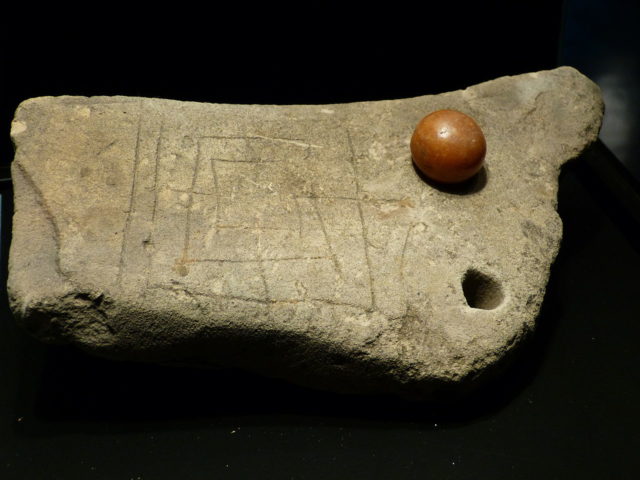
Boards have been found carved into the cloister seats at the English cathedrals at Canterbury, Gloucester, Norwich, Salisbury and Westminister Abbey.
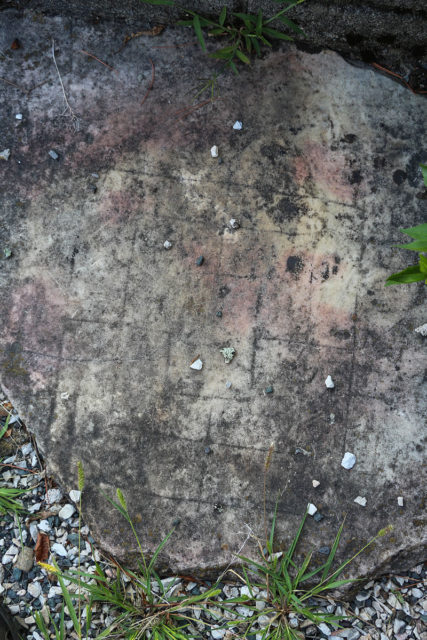
The rules of the game have undergone remarkably little change since they were first recorded.
The board consists of a grid with twenty-four intersections or points. Each player has nine pieces, usually colored black and white. Players try to form ‘mills’ allowing a player to remove an opponent’s man from the game. The aim of the game is to reduce the opponent to two pieces, rendering them unable to form any more mills.
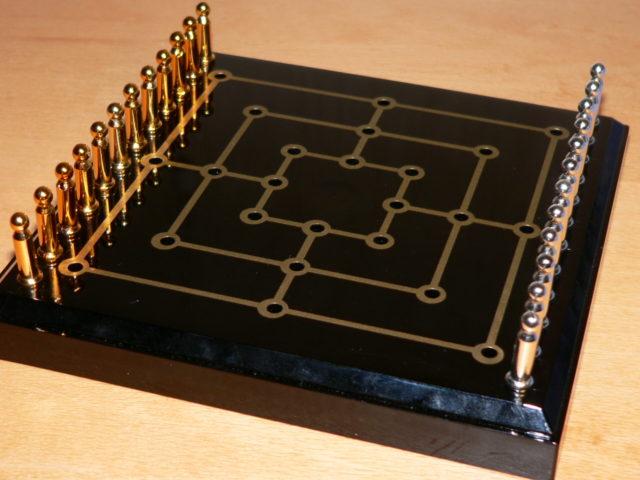
There are many related games to Nine Men’s Morris. For example, Tic-Tac-Toe, Morabaraba, Kensington and Ghana.
